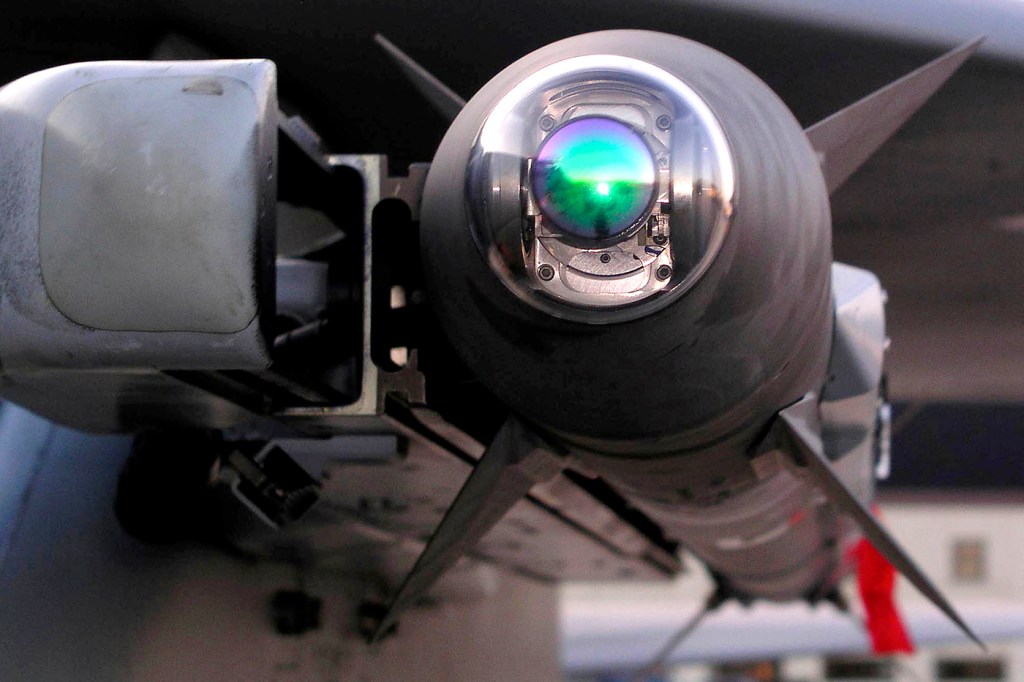Suspected downed Chinese spy balloon could have been carrying hundreds of pounds of equipment, expert says

The suspected Chinese spy balloon that was shot down off the coast of South Carolina over the weekend has been an object of mystery and intrigue for the better part of a week.
As U.S. Navy vessels collect the debris from the balloon that was ordered down by President Joe Biden, intelligence officials are working to reverse-engineer the wreckage to discover its contents.
Based on the available information, Mohammad E. Taslim, a mechanical and industrial engineering professor at Northeastern, says a couple of quick calculations can yield some answers.
“It all adheres to Archimedes’ Law,” Taslim says.

Archimedes’ Law states that the buoyant force on a submerged object is equal to the weight of the fluid that is displaced by the object. A balloon’s buoyancy, like a boat in water, is derived from the density of the air inside the balloon vs. the density of the surrounding air.
The balloon experiences lift when it weighs less than the air it displaces. As it rises, the gas inside the balloon causes it to expand as the air pressure surrounding it decreases, further propelling the object upward.
“I would simplify this and suggest that this rather large balloon is like any balloon you would purchase and fill up with hydrogen or helium, which are gasses much lighter than air,” Taslim says. “As long as its density is less than that of air, then it will ascend upwards.”
Using an approximation of the balloon’s final size (the length of three buses, as it’s been reported) as well its flying altitude (60,000 feet), Taslim can estimate the aircraft’s maximum payload capacity, or the weight of its equipment.
“If you assume this is a spherical container of 90 feet in diameter, it turns out that at 60,000 feet of elevation, where the air is very thin—about 14% of the pressure at sea level—the balloon could have a maximum payload of about 2,700 pounds,” he says.
Taslim says the helium-powered airship was likely made of a flexible, plastic-based material to enable it to inflate to such a size.
“I tried to get some accurate dimensions, but everyone was saying it was as wide as three school buses,” Taslim adds.
Photos of the balloon while it was still airborne suggest that it was solar powered. The suspected reconnaissance balloon was likely deployed at a fraction of the size reported by the U.S. government, Taslim says. Thus, it’s more likely that the balloon was equipped with “at least 300-400 pounds” of cargo beginning at sea level.
“They could have used a fraction of that maximum—and likely did. But that could still support a large amount of electronics, plus the solar panel to power it,” Taslim says.
Taslim says it’s possible that, based on the available information, the Chinese aircraft could have supported a range of technologies, including photography equipment, high-speed cameras, signal jamming devices—even possibly underground sensing equipment.
The airship ultimately traveled about 3,400 miles from the southern Alaskan coast to the Carolinas. At its final elevation of roughly 60,000 feet, the balloon would have been floating at “the very edge of the stratosphere,” where winds can achieve speeds of more than 135 miles per hour, Taslim says.
Tanner Stening is a Northeastern Global News reporter. Email him at t.stening@northeastern.edu. Follow him on Twitter @tstening90.






